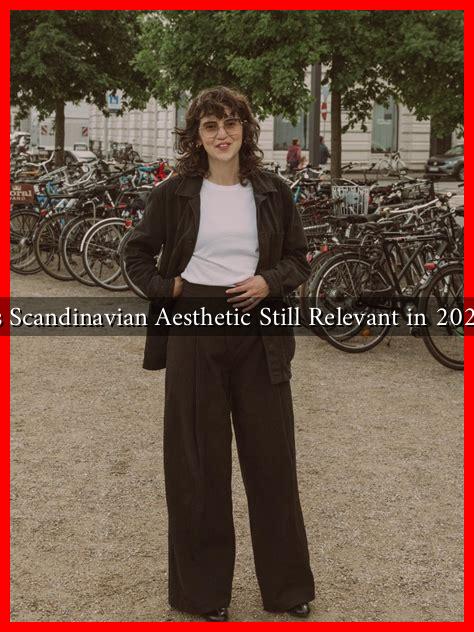-
Table of Contents
Is Scandinavian Aesthetic Still Relevant in 2023?
The Scandinavian aesthetic, characterized by minimalism, functionality, and a deep connection to nature, has been a dominant design trend for several years. As we move through 2023, many are left wondering: is this aesthetic still relevant? This article explores the enduring appeal of Scandinavian design, its evolution, and its impact on contemporary culture and lifestyle.
The Essence of Scandinavian Aesthetic
Scandinavian design emerged in the mid-20th century, rooted in the principles of simplicity, utility, and beauty. It emphasizes clean lines, natural materials, and a neutral color palette, often incorporating elements of nature. Key features include:
- Minimalism: A focus on simplicity and decluttering.
- Functionality: Designs that serve a purpose without sacrificing style.
- Natural Materials: Use of wood, wool, and stone to create warmth and comfort.
- Light and Space: Maximizing natural light and open spaces to create a sense of tranquility.
Current Trends Influencing Scandinavian Design
In 2023, several trends are shaping the relevance of Scandinavian aesthetics:
- Sustainability: As environmental concerns grow, the emphasis on sustainable materials and practices in Scandinavian design resonates with eco-conscious consumers.
- Biophilic Design: The integration of nature into living spaces continues to be a priority, aligning with the Scandinavian ethos of connecting with the outdoors.
- Personalization: While minimalism remains key, there is a shift towards incorporating personal touches and unique elements into Scandinavian spaces.
Case Studies: Brands Embracing Scandinavian Aesthetic in 2023
Several brands continue to thrive by embracing and evolving the Scandinavian aesthetic:
- IKEA: The Swedish furniture giant remains a leader in affordable, functional design. In 2023, IKEA has introduced new lines that focus on sustainability, such as furniture made from recycled materials.
- Muuto: This Danish design company emphasizes modern interpretations of classic Scandinavian design, offering products that blend functionality with artistic expression.
- HAY: Known for its innovative and colorful designs, HAY has successfully merged traditional Scandinavian principles with contemporary trends, appealing to a younger demographic.
Statistics and Insights
According to a recent survey by the Statista, the global market for Scandinavian design is projected to reach $20 billion by 2025. This growth indicates a sustained interest in the aesthetic, driven by its adaptability and relevance in modern living.
Moreover, a study by the Nielsen Group found that 73% of millennials are willing to pay more for sustainable products, further solidifying the connection between Scandinavian design and contemporary consumer values.
The Future of Scandinavian Aesthetic
As we look ahead, the Scandinavian aesthetic is likely to continue evolving. The integration of technology, such as smart home features, will blend seamlessly with traditional design principles. Additionally, the rise of remote work has led to a renewed focus on creating comfortable, functional home environments that reflect personal style while maintaining the core values of Scandinavian design.
Conclusion
In conclusion, the Scandinavian aesthetic remains highly relevant in 2023. Its principles of minimalism, functionality, and sustainability resonate with modern consumers seeking both beauty and practicality in their living spaces. As brands adapt to changing consumer preferences and environmental concerns, the Scandinavian aesthetic will likely continue to influence design trends for years to come. Whether through furniture, architecture, or lifestyle choices, the enduring appeal of Scandinavian design is a testament to its timelessness and adaptability.

